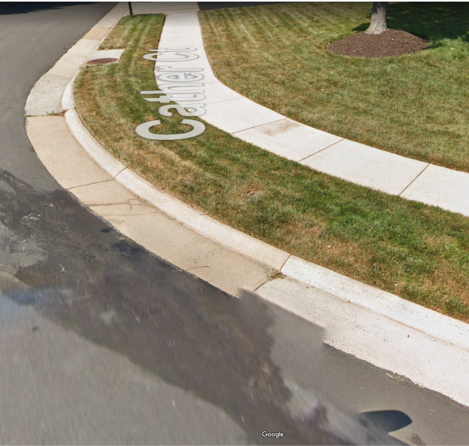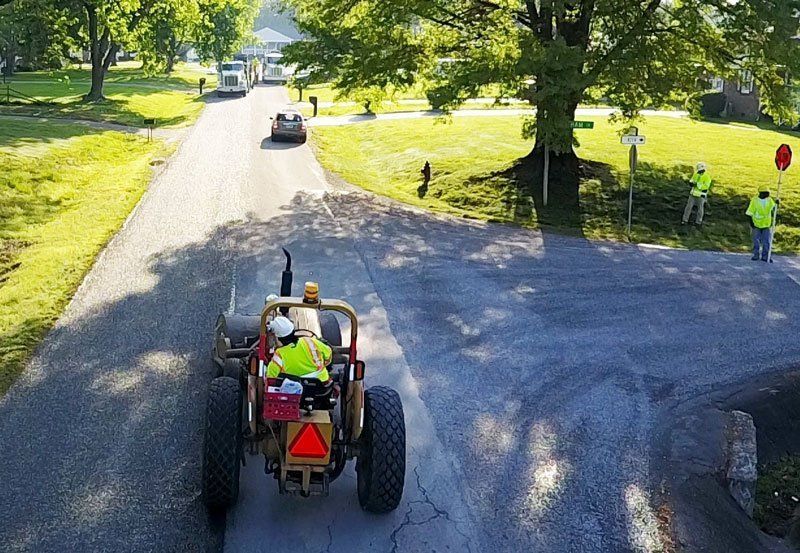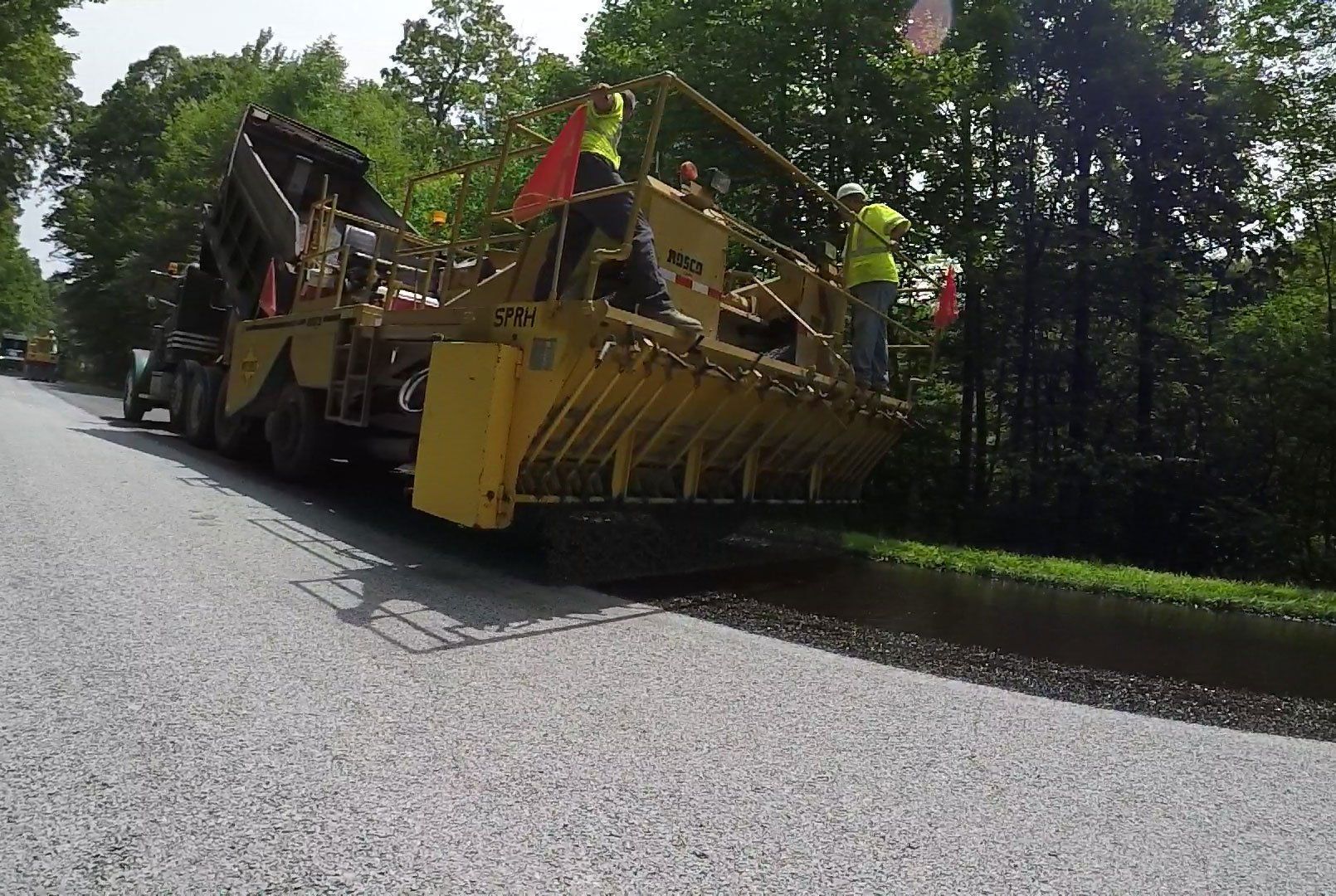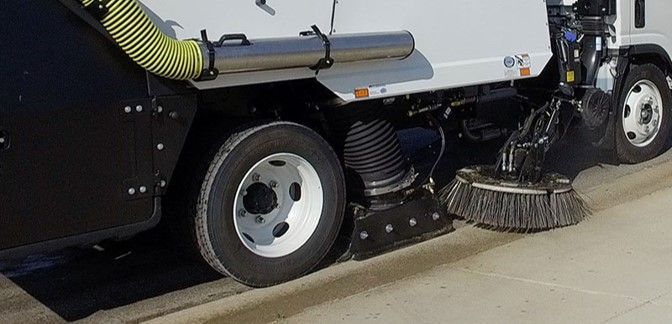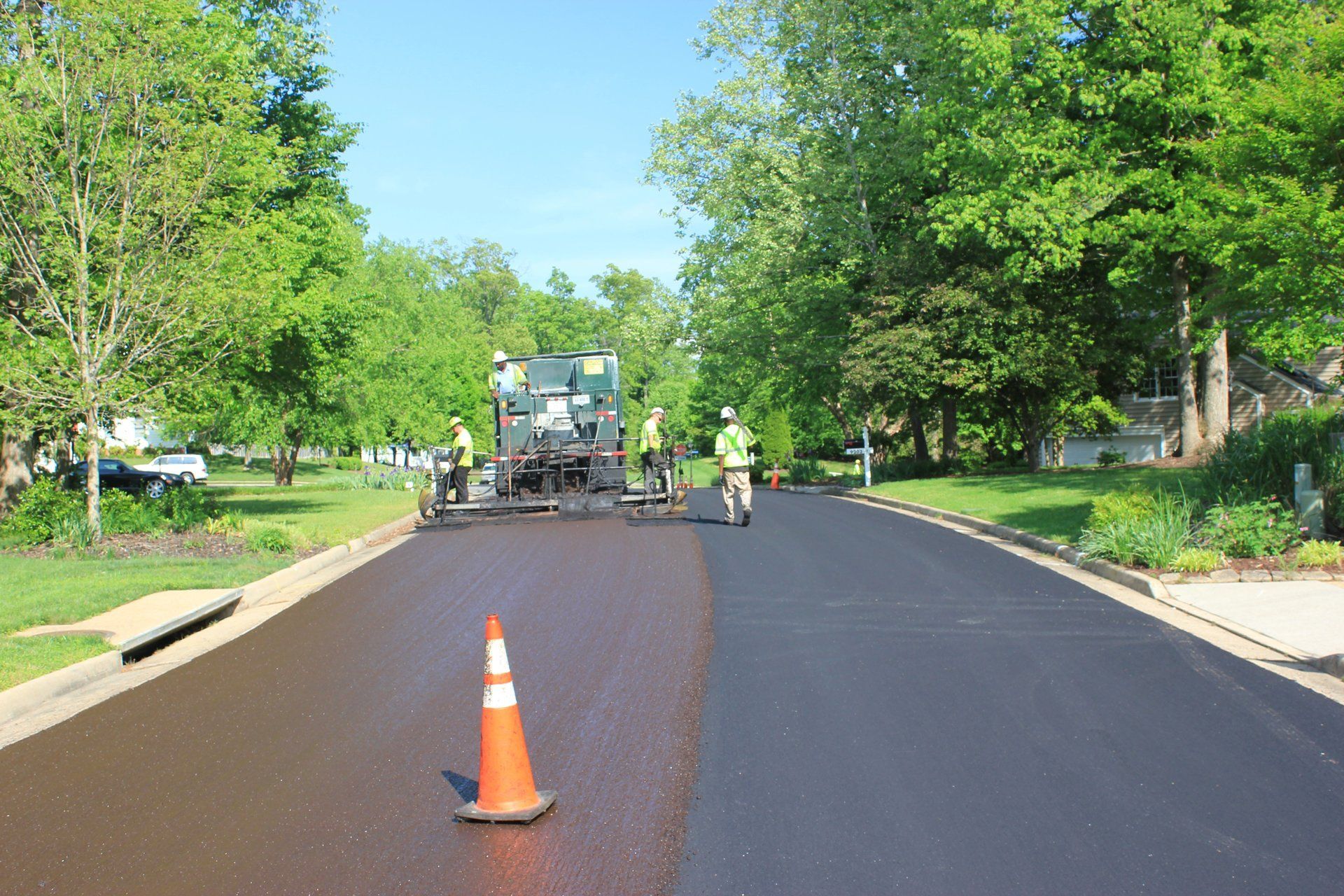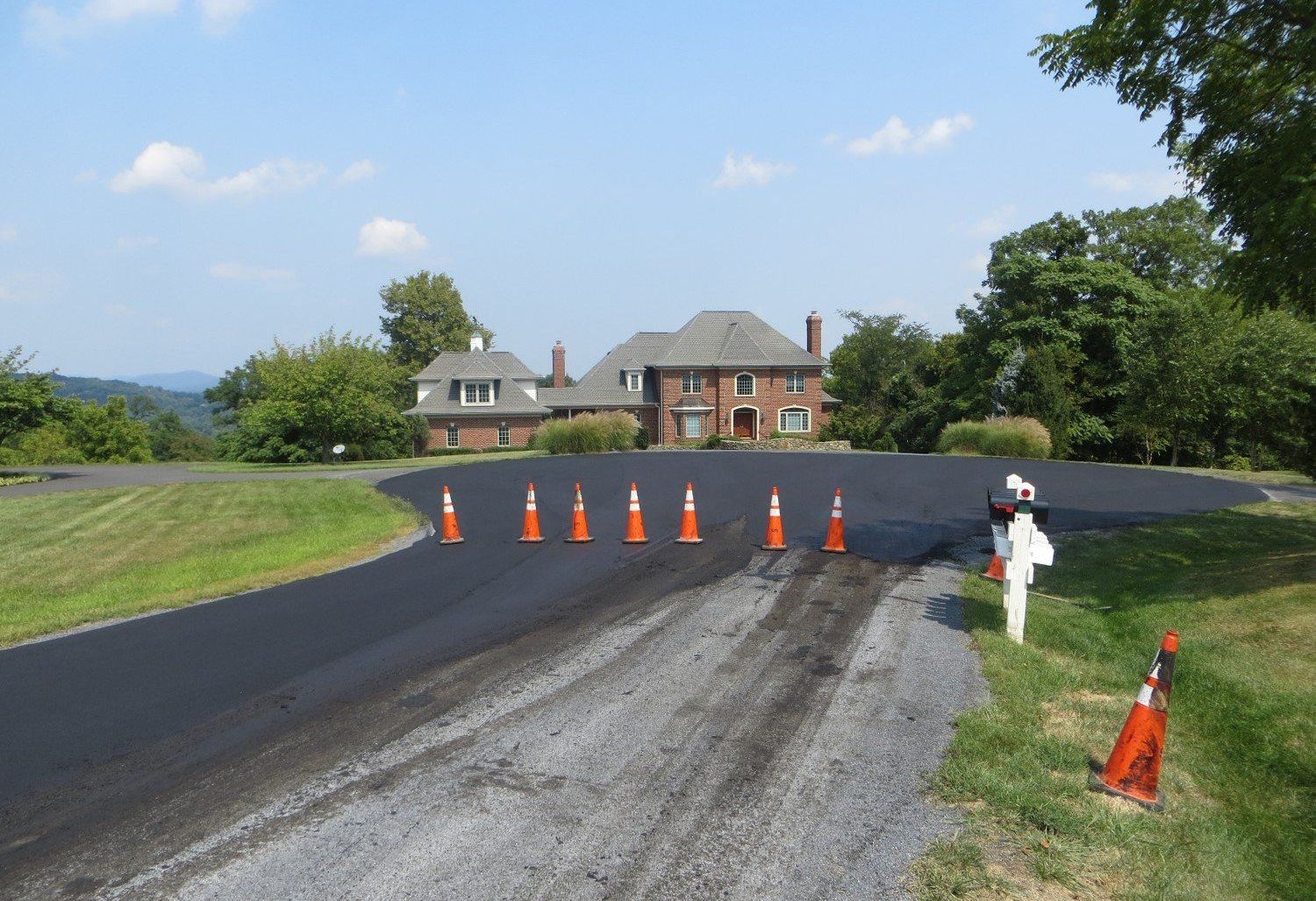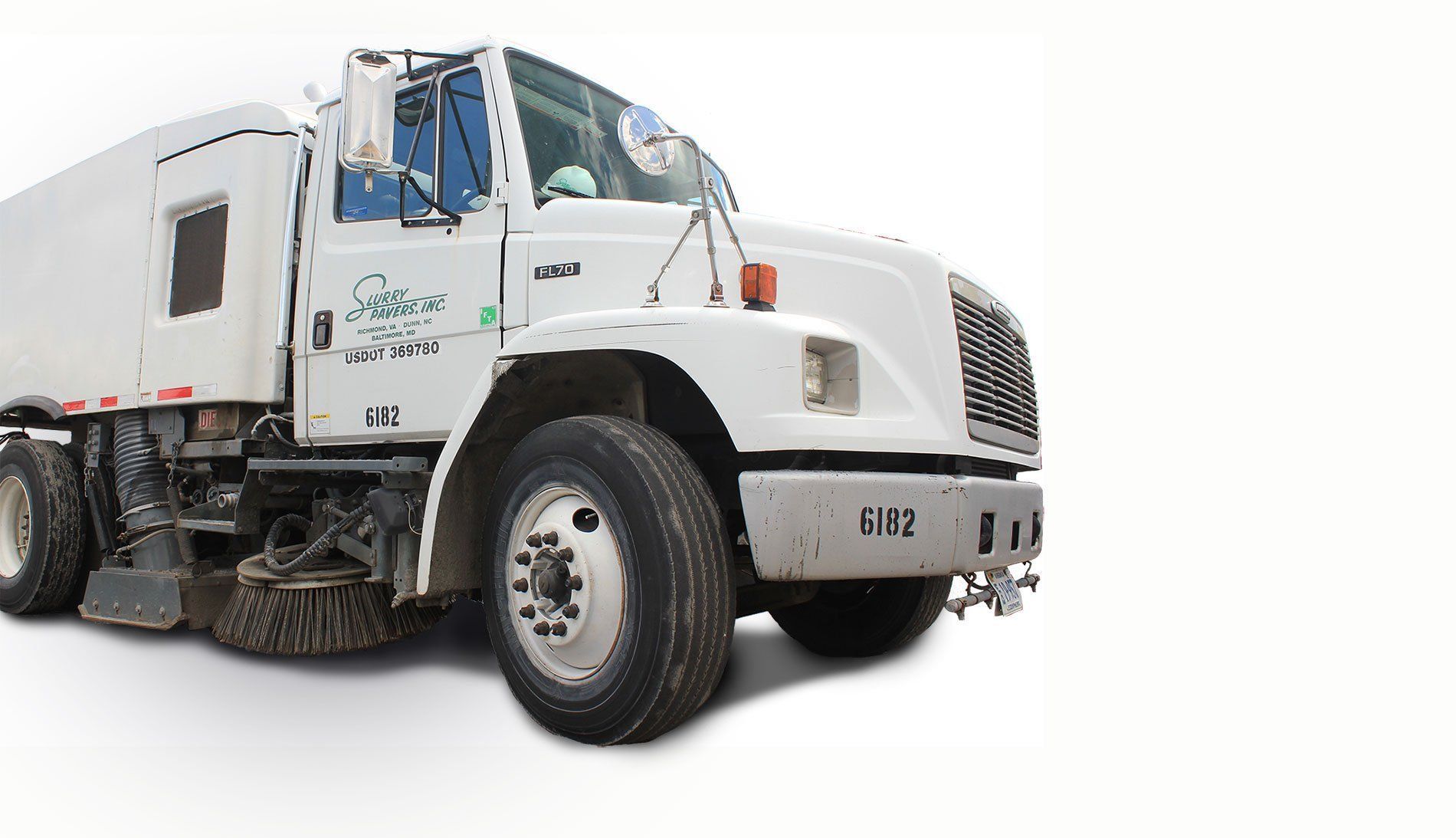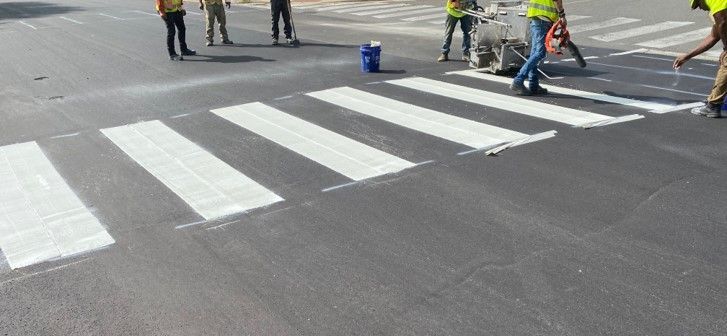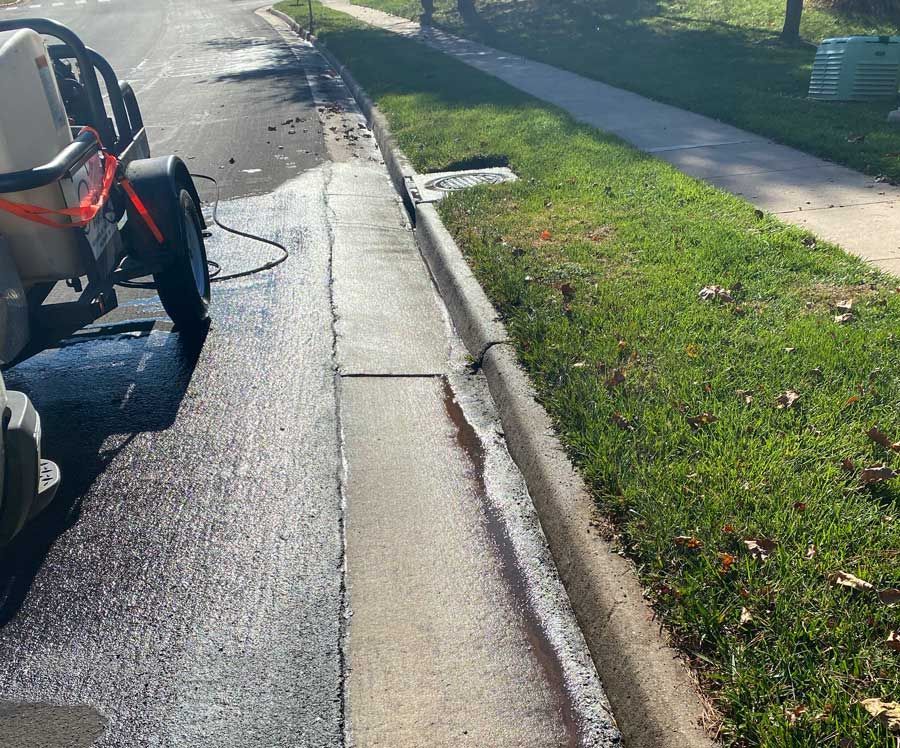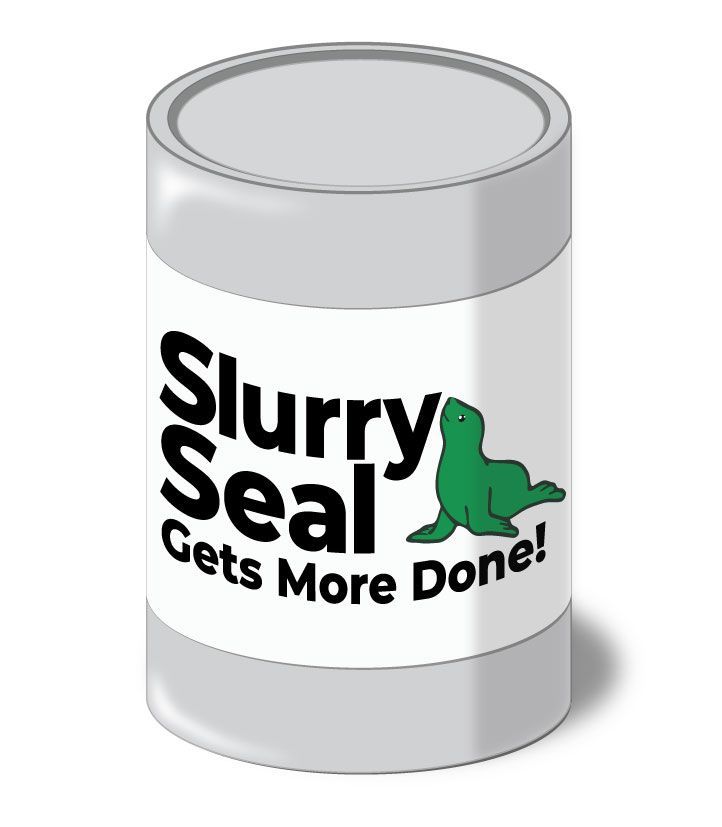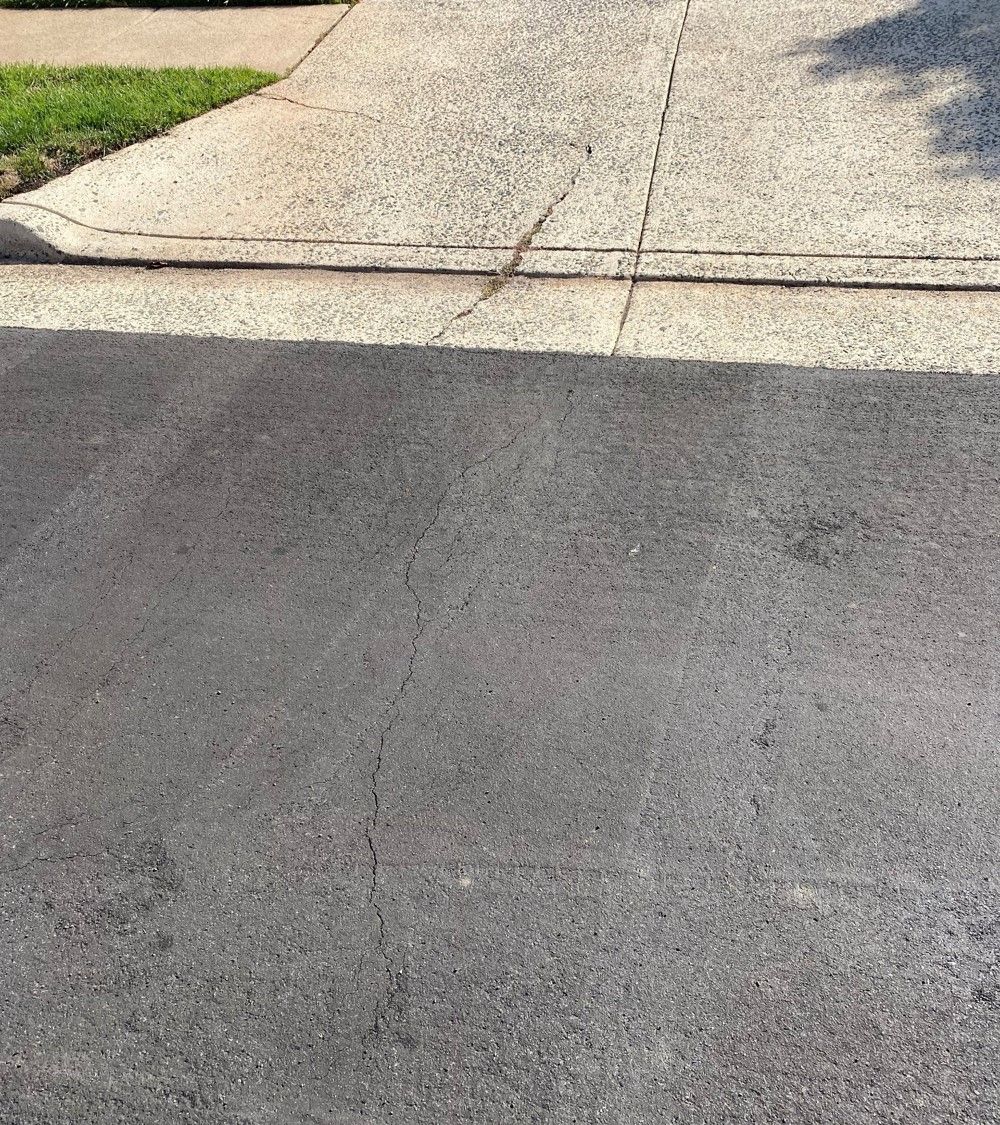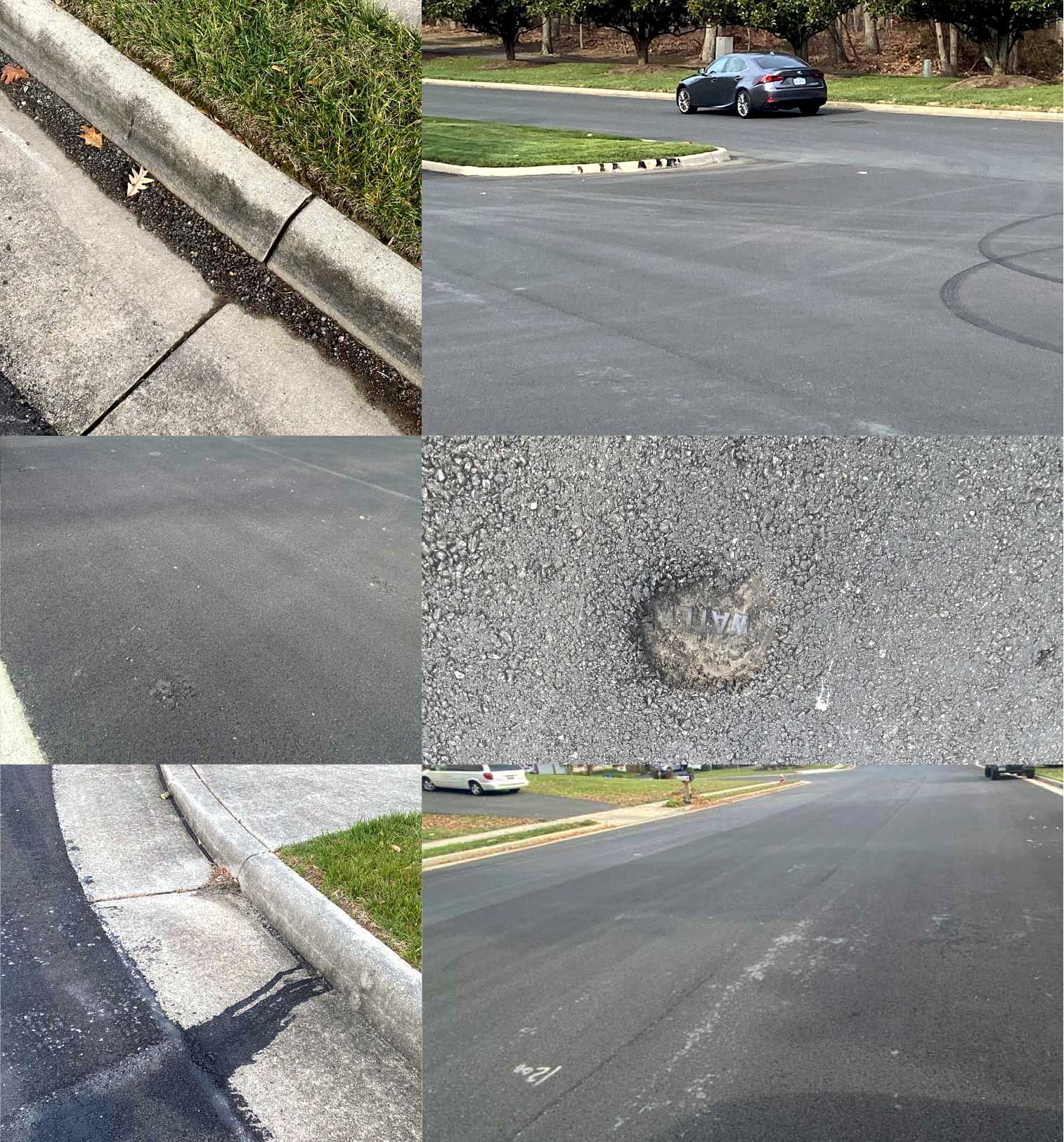Patching - When age, water intrusion or base problems create failures on the surface, they can be patched with new asphalt to extend the service life of the road. Doing so provides a stronger and more uniform surface for the new cape seal to conform to.
The Cape Seal Preservation Process
Cape Seals are a combination of two treatment types that work together to provide a durable new road surface - a chip seal followed by a top layer of asphalt slurry surfacing. The chip seal gives the road additional structure and seals cracks and the slurry seal provides extra strength and a smoother riding surface. Read below how projects are generally accomplished and what you should expect throughout the process. Also find valuable information about driving, parking, and getting around during installation, as well as how you can help us ensure it's safe and successful.
Also, be sure to check out the Chip Seal and Slurry Seal / Microsurfacing videos to see the processes in action.
Before Chip
While the chip seal portion of the cape seal will seal cracks and correct many minor surface issues, some failed asphalt will need to be replaced with new patches.
What's entailed?
Patching
- Takes one to three days depending on road conditions
-Includes potholes, utility cuts, wide cracks, major “alligatoring”
-Fairly fast and non-intrusive
-Localized parking restrictions
Eradication
-Thermoplastic markings removed


During Chip
The actual chip seal process is fairly fast-moving, usually taking no more than an hour on the average neighborhood street. Liquid asphalt is sprayed onto the road and a spreader follows behind dropping crushed aggregate "chips" into the asphalt. They are followed by rollers that embed the chips. One side is done at a time to allow for movement of traffic. They new surface can be driven on following the rolling of the chips.
NOTE: Be advised, after installation there will be loose aggregate on the road surface for one to two weeks at which time it will be swept up. This time frame is dictated by the supervising road authority. Caution should be utilized until the road is swept.
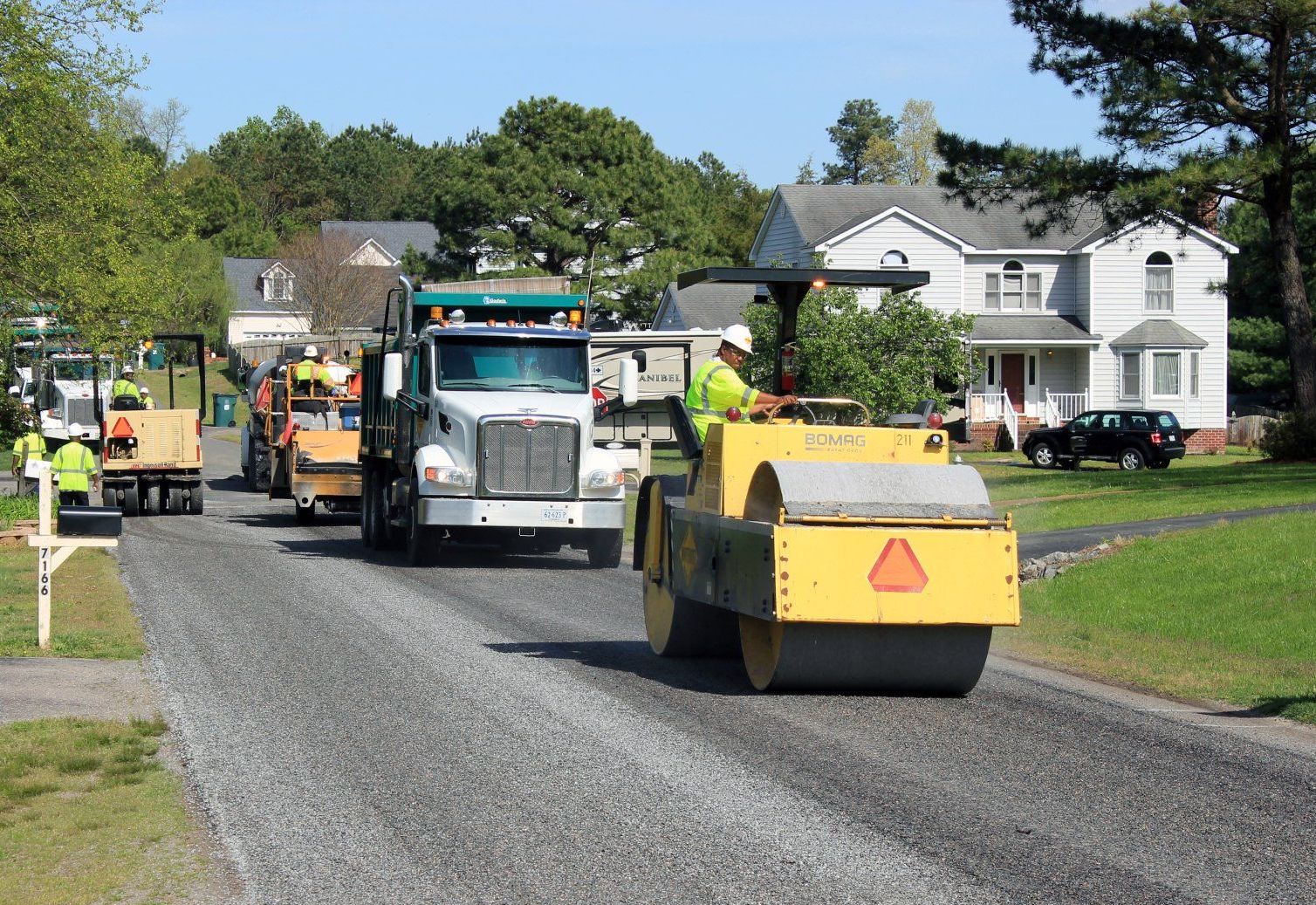
During Slurry
After the chip seal has had a chance to cure, the slurry seal can be placed. The actual application of the slurry seal is fairly straight-forward. The road is prepped and the slurry machine places material leaving one lane open for access. The machine will likely spend less than five minutes in front of a home or 30 minutes on a street. When the slurry is dry enough for traffic, usually 1-4 hours, the remaining side/lane is completed. You can watch a video of the process here.
TIPS: You will not be able to get out of your drive for a brief time after a slurry surface is applied, so park your vehicle within walking distance if you need to leave after the daily start time.
If you need to make special arrangements, call your local crew supervisor whose number will be on your notice. We understand that life happens and will work to accommodate you.
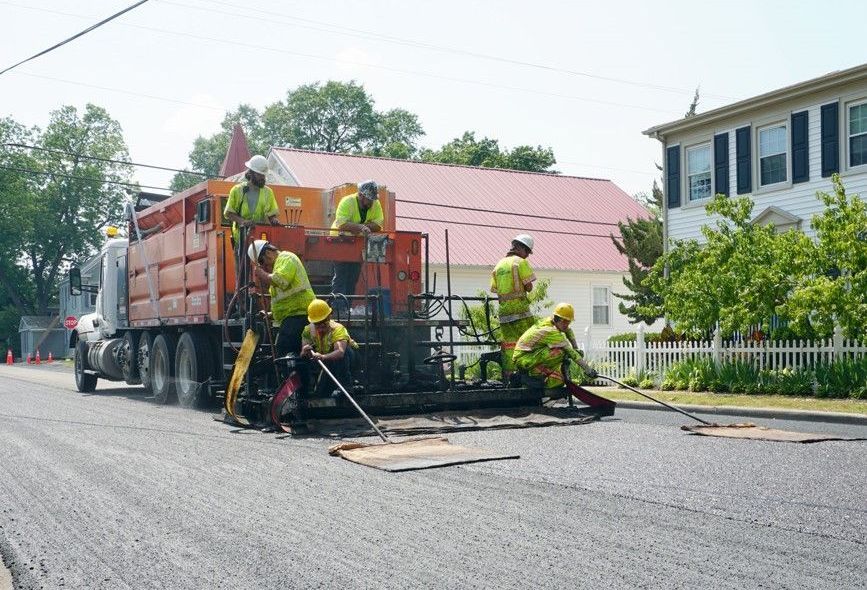
After Slurry
Once the slurry seal has been placed, it has to dry, cure and wear in to its final profile. This process may include some color normalization as well as "ravelling" off of surface stone as the slurry seal smooths in.
There will also likely be some clean-up necessary to meet standards. This will include sweeping up the stone ravel that accumulates, as well cleaning off any excessive amounts of slurry seal or debris in the curbline.
Throughout this process, you local road administrators will be inspecting the work and communicating anything that we need to do to meet expectations.
TIPS: If you see something you would like us to inspect, please let us know. Please review the
common concerns and
common misconceptions for information about some of the things you might see and what they are.
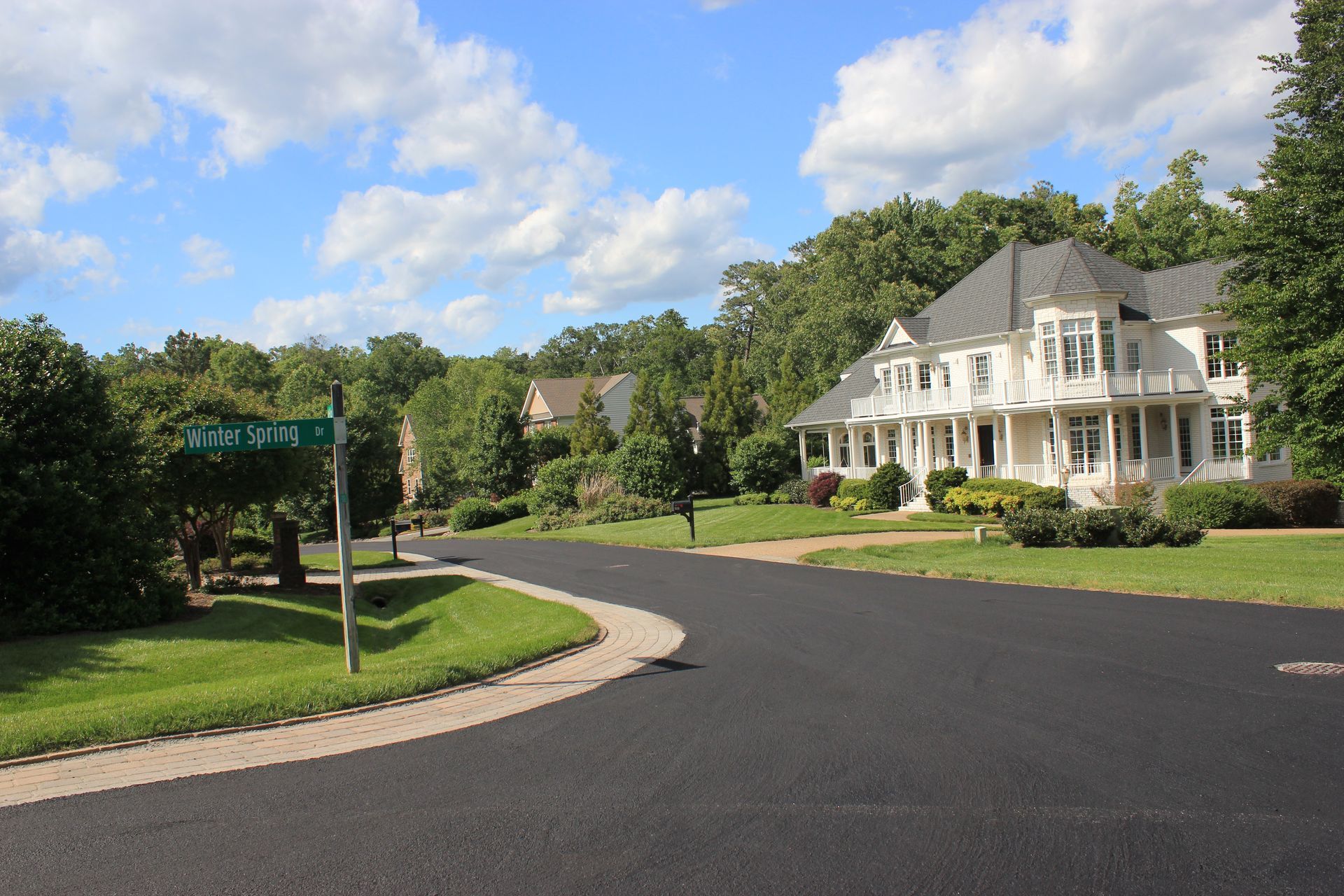
Common Concerns
Sanding
In some areas, a finely crushed rock aggregate "sand" is spread at intersections to protect the wet slurry and vehicles. This will remain on the road while the surface cures and will be swept up a week or two after application. The finer particles in the crushed aggregate that's spread will embed into the surface asphalt and leave a gray stain. This will wear in and normalize with the rest of the surface over time. These photos were taken about two months apart.
Please note that this is what is spread if you call the supervisor in order to cross wet slurry at your drive.
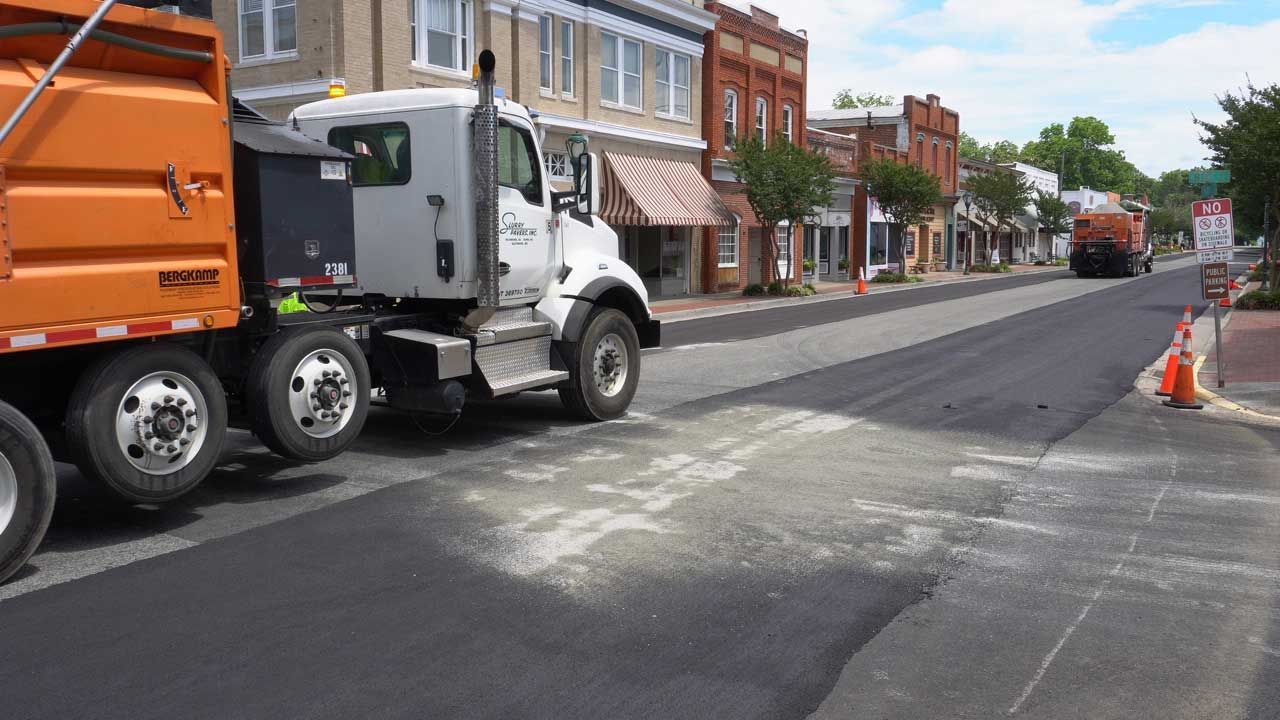
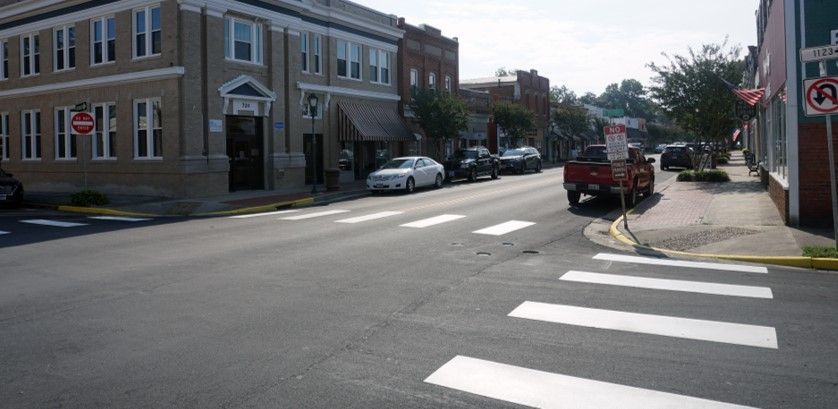
Surface Scuffing and Marring
Because of the high asphalt content and smaller size of the crushed aggregate used in slurry seals, they are vulnerable to surface damage from vehicles. This is true when they are new and during hot days until it fully cures. High temperatures will soften any type of asphalt material, including plant mix asphalt. The marks shown here are from driving and hard turning on a fresh slurry seal. As with this example, most of this type of marring will blend in in time. Note also the initial texture when it was first placed the texture after it had time to wear in. This road is a cul-de-sac with little traffic and the wear in shown occurred within the three months between photographs.
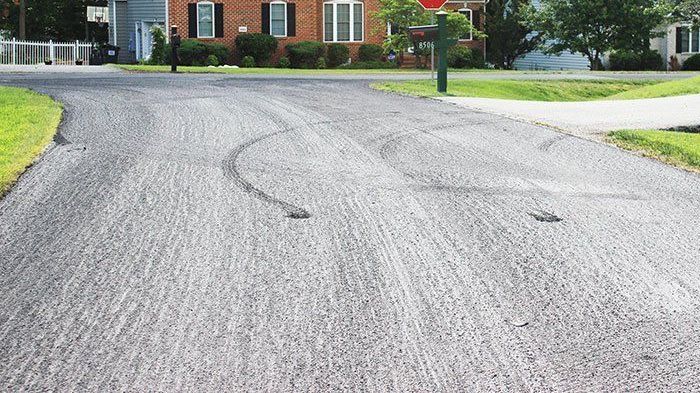
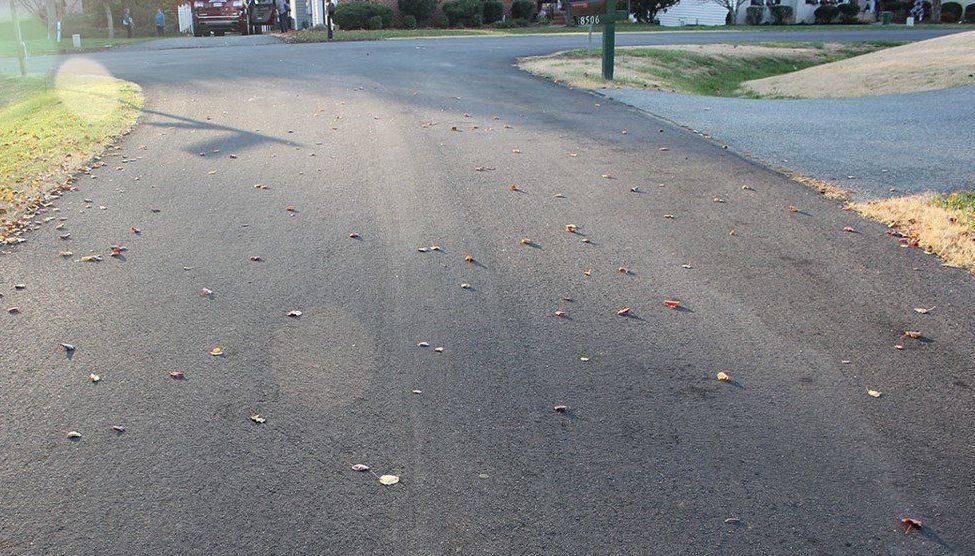
Final Texture
One thing we hear every season is that the texture is too rough. It's dangerous. It's bad for bikers. It's true that initially it is rougher than the plant mix surface they may be used to. But because slurry seal is a liquid asphalt resurfacer, it contains more asphalt and less large stone than the plant mix asphalt it's designed to protect. Slurry seal's smaller stones at the surface will give it a rougher texture initially, but will wear into the asphalt or out of the mix in the weeks after placement, thereby smoothing the surface. As the photos of slurry seal on the right from the Start/Finish of the 2015 UCI World Championship show, it will wear in and be great for cycling and anything else you want to do.
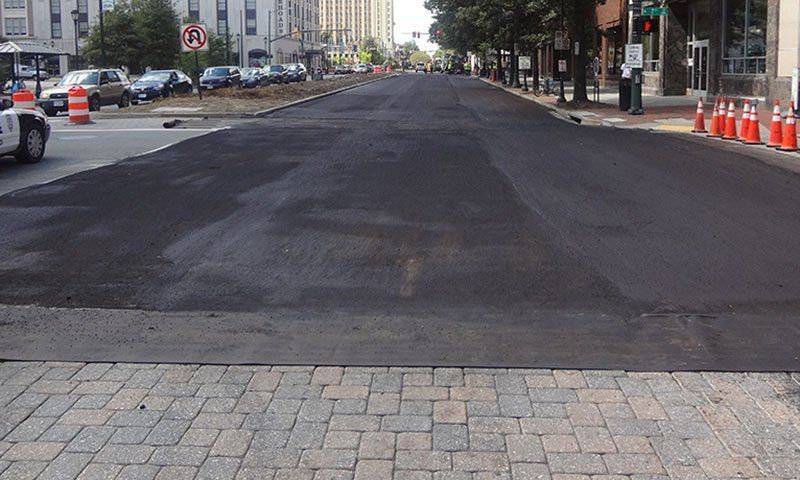

Discolorations
Under certain conditions, the surface of the slurry seal may not initially present its normal charcoal gray/black color. Though not often, brownish tints or white spots can occur. This will normalize given time.
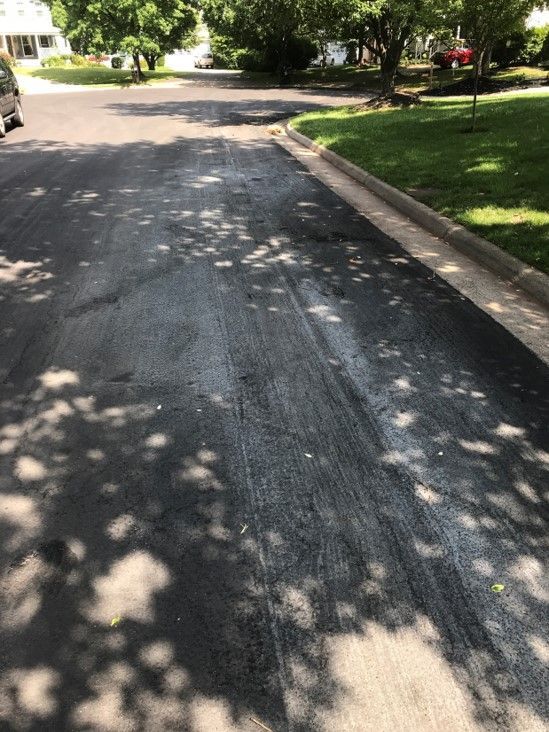

Discoloration Marring
When there is discoloration in cul-de-sacs, the turning of heavy garbage trucks can leave unsightly tracks. This is a good sign as it is the discoloration normalizing. In this extreme example, the cul-de-sac looked like any other in a couple of months.
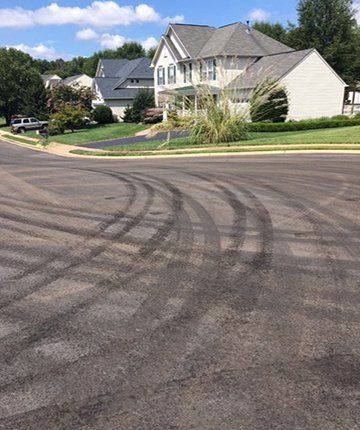

Chip Seal or Slurry Seal on Gutterpan
Sometimes an operator may make a mistake or may run into an equipment or environmental issue that causes material to get too far into the gutterpan. In these cases, like the extreme one shown here, the material will be cleaned from the gutterpan.
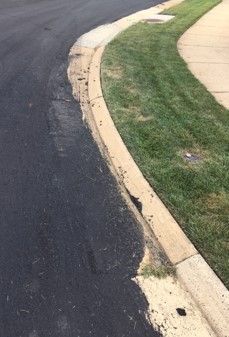
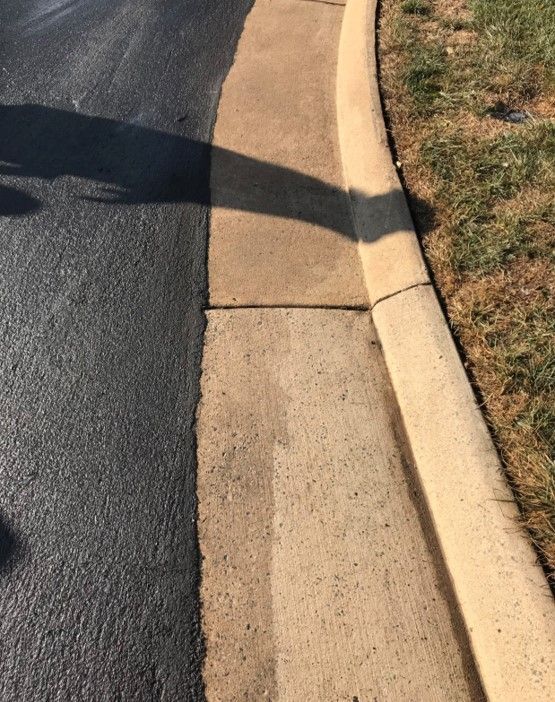
Clean-up Stains
The clean-up along the curbline can leave stains. In most cases, to try and remove the stains would cause damage to the concrete. However, as these pictures show, the stains will bleach out in the sun and disappear.

